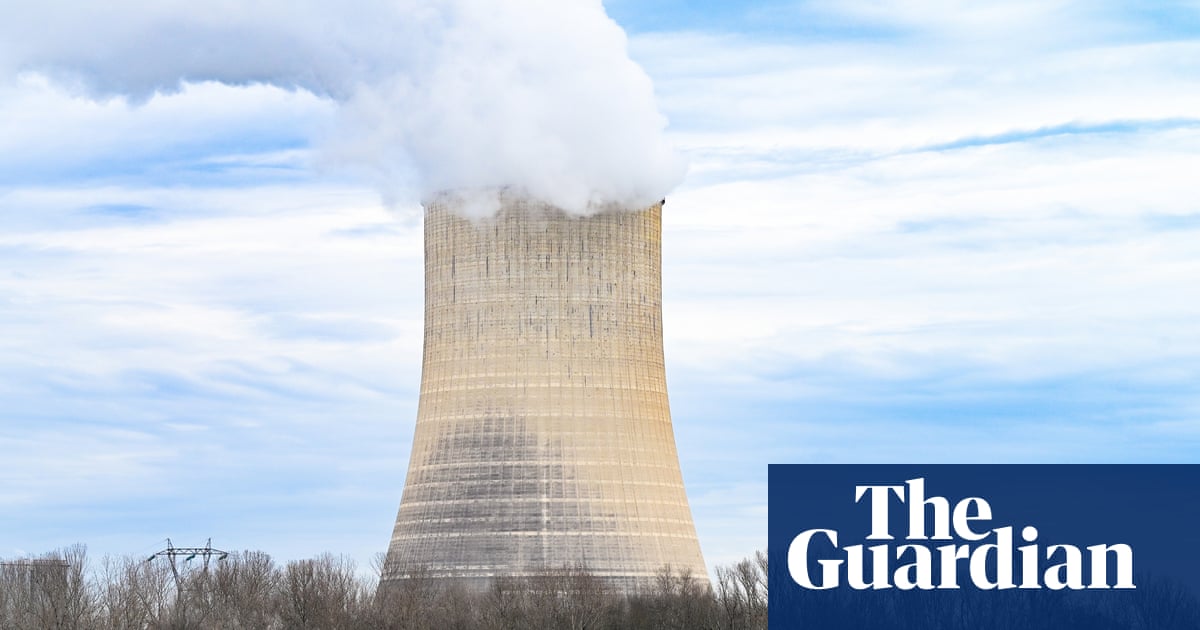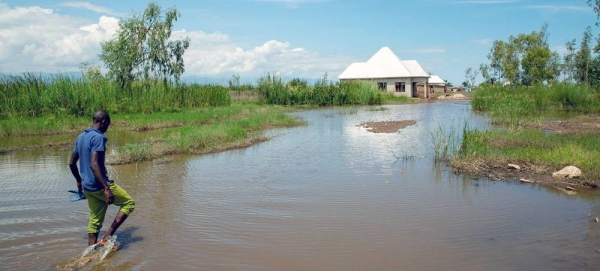
Nuclear power generation is likely to break records in 2025 as more countries invest in reactors to fuel the shift to a low-carbon global economy, while renewable energy is likely to overtake coal as a power source early next year, data has shown.
China, India, Korea and Europe are likely to have new reactors come on stream, while several in Japan are also forecast to return to generation, and French output should increase, according to a report on the state of global electricity markets published by the International Energy Agency (IEA) on Wednesday.
Electricity demand is also expected to increase around the world, fuelled largely by the move to a low-carbon economy. Electric vehicles and heat pumps, as well as many low-carbon industrial processes, require electricity rather than oil and gas.
Continuing rapid growth in renewable energy supply means these additional demands are likely to be covered in full by generation from wind, solar and other clean energy sources. Renewables will make up roughly a third of total electricity generation globally by early next year.
Dave Jones, the insights director at energy thinktank Ember, said the findings marked a potential turning point. “It’s the beginning of the end of the fossil fuel era,” he said. “Finally, the world seems like it is past peak fossil power, a crucial milestone in the energy transition. [This report] shows that 2023 will mark the end of fossil power growth. As of this year we are likely to be in a new era of declining fossil power.”
But he added: “Peaking is not enough – we need deep and rapid CO2 cuts to keep within our vanishingly small carbon budget. We are doing the right things, we just need to do them even faster.”
Fatih Birol, the IEA’s executive director, hailed the developments as a positive sign for the fight against climate breakdown, though he said far more effort was needed.
“The power sector produces more carbon dioxide emissions than any other in the world economy, so it’s encouraging to see that the rapid growth of renewables and a steady expansion of nuclear power are on course to match all the increase in global electricity demand over the next three years,” he said.
“This is largely thanks to the huge momentum behind renewables, with ever cheaper solar leading the way, and support from the important comeback of nuclear power. While more progress is needed, and fast, these are very promising trends.”
The IEA’s annual analysis of market developments and policies, Electricity 2024, published on Wednesday, showed that global electricity demand increased by 2.2% in 2023, and was likely to reach about 3.4% from 2024 to 2026. Most of the increase was expected to come from rapidly emerging economies:chiefly China, India and south-east Asia.
However, the IEA also warned that the growth of power capacity was still uneven around the world. For instance, while electricity supply has increased overall in Africa, on a per capita basis power use across the continent has remained stagnant for more than three decades.
This is a brake on economic and social development, as people in poverty turn to polluting sources of energy such as biomass and paraffin. A lack of readily available electricity also holds back children from education and imperils health whenever hospitals experience blackouts.
Birol said: “The international community needs to work with African governments to enable the urgent progress [in electricity access] that is needed.”
Africa has some of the world’s greatest potential for solar and wind generation, and many of the vital minerals needed for renewable generation components, but would-be generators face large obstacles in the form of a high cost of capital for renewable energy projects. Many governments are urging institutions such as the World Bank to adjust their practices to make such development easier.












